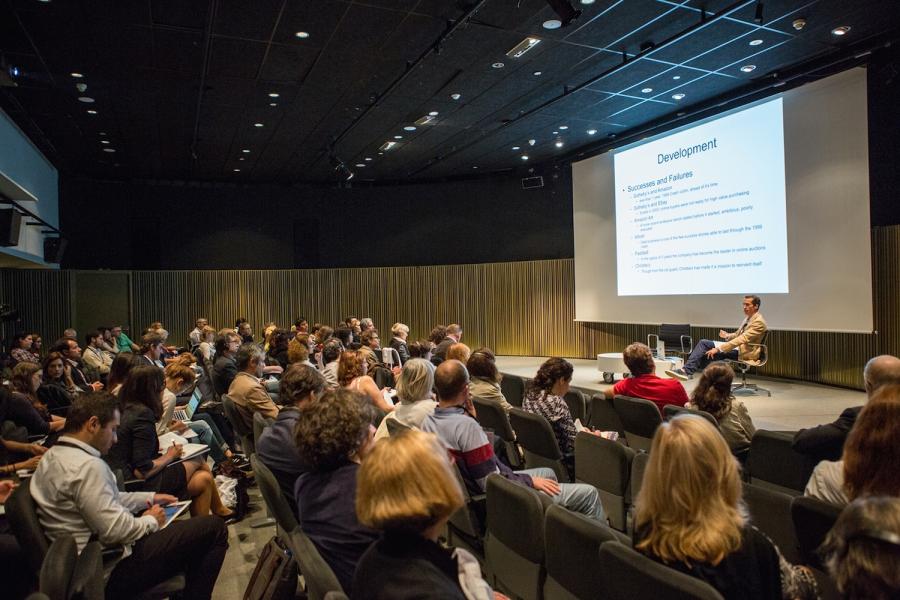Panel Discussions by Talking Galleries
Panel Discussions by Talking Galleries
Panel 1: The Added Value of Working Alongside a Gallery
18.09., 11 - 12:30h
Moderation: Chris Dercon
The role of the gallery is not only determined by the market but is also related to the introduction of cultural products into the commercial sphere. The process of mediation that the gallery has carried out since its origins has changed. It has moved on from reading the established codes and narratives to creating interpretative spaces, generating codes and narratives by itself. Contemporary art galleries nowadays propose debates between artists and the community, building up their careers and new critical memories of the present in the process. Dealing, curating, exhibiting, publishing, promoting and educating are amongst their set of responsibilities, generating a unique kind of knowledge which must be communicated as an asset for the art ecosystem at large. This panel will explore why it is better to have a gallery as counterpart when preparing exhibitions, compiling catalogues and generally dealing with the artists’ work. In order to fully tackle these issues, the session must take into account the viewpoints of a different agents / players in the field.
Panel 2: How to grow with your artists? Different gallery models
19.09., 11 - 12:30h
Moderation: Chus Martínez
Relationships between gallerists and artists are close commitments and collaborations that may involve passion and aversion, trust and legal relations, great risks and money profits for both parts. It is a very particular type of relationship that gallerists really have to cultivate while thinking about possible collateral consequences. Gallerists need to be available in order to respond effectively to the artists demands and listen to what they want to convey. The art gallery’s mission is to help artists finding their place -in terms of audience and market- in the context of the contemporary art production, even if the market is reluctant. Gallerists therefore become interfaces at different levels for the artists, supporting them and also helping them deal with their ambition, anxieties, emulation, rivalries, etc. Due to this proximity with the artists, gallerists act as their managers, advisors and professional developers. They not only have to deal with the tensions of the creativity process itself, but also with propositions coming from museums and institutions, art fairs and even other galleries. It’s necessary to have entrepreneurial skills along with intellectual and critical capacities in order to hold these pressures and at the same time cope up with the necessities of building up the artist's career.
This panel will have representatives of some internationally recognised contemporary art galleries in order to share their best practices, models and modi operandi.
Moderation: Chus Martínez












